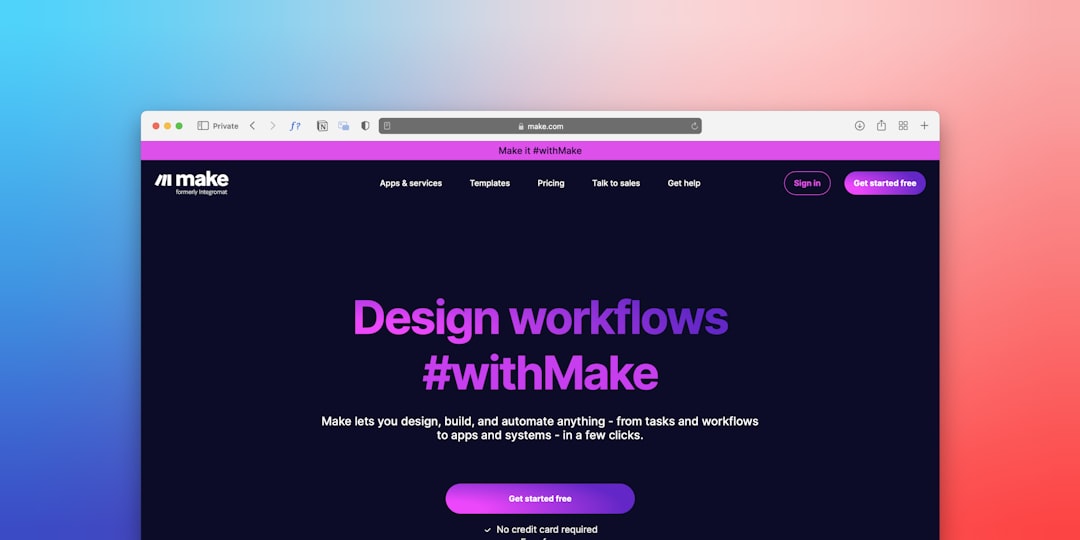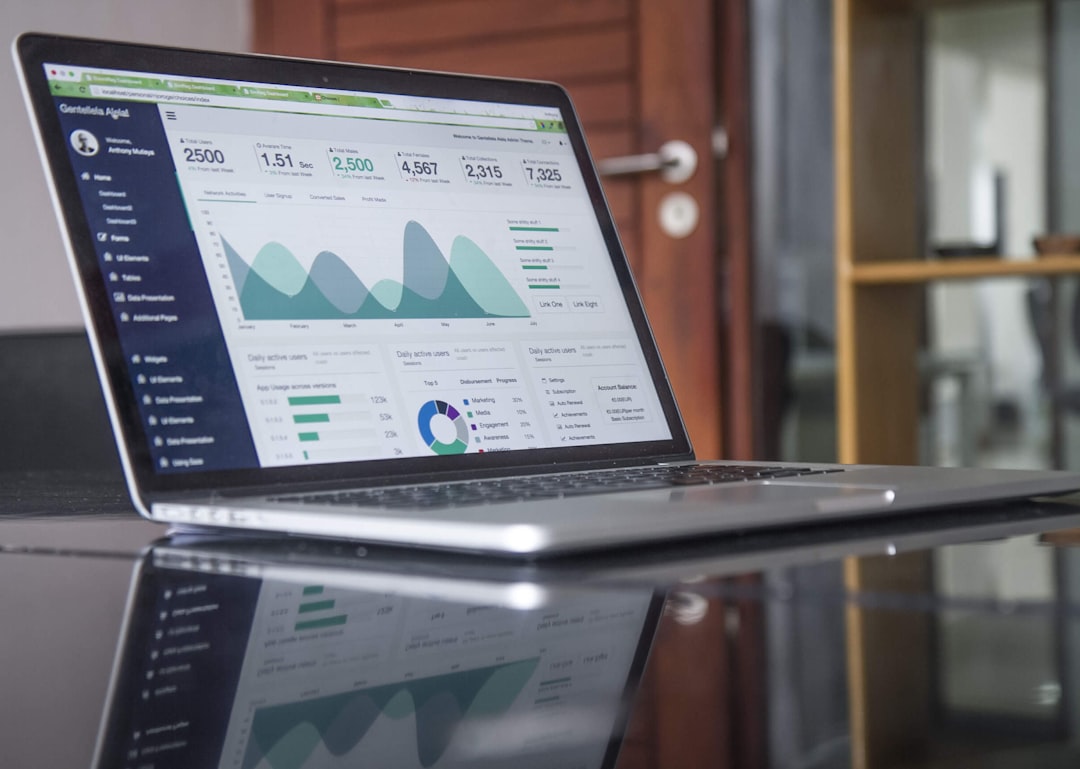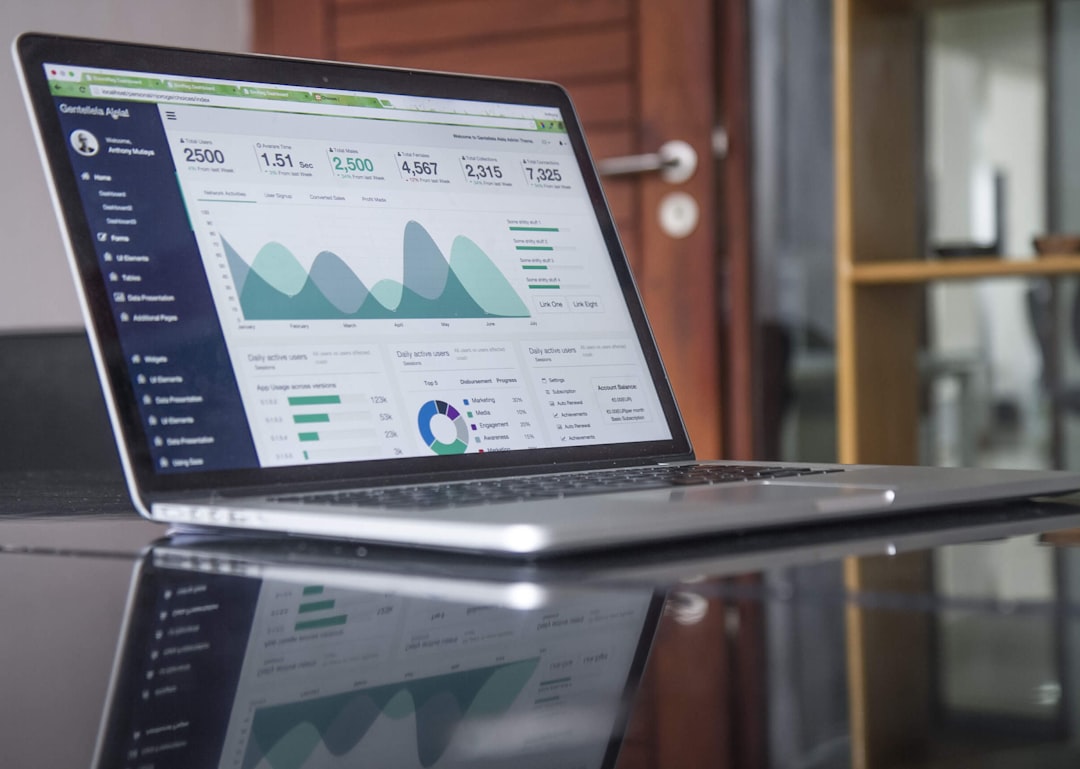As globalization continues to reshape the digital landscape, providing a multilingual experience on your website is becoming increasingly important. Whether you’re catering to international audiences or offering localized content, adding a language switcher in Webflow can significantly enhance user experience and accessibility. This guide provides a trustworthy, step-by-step approach for integrating a language switcher into your Webflow project.
Why a Language Switcher Matters
A language switcher allows visitors to choose their preferred language, ensuring that the content they interact with is both accessible and understandable. It’s essential for:
- Boosting user engagement
- Improving SEO rankings in different markets
- Meeting accessibility requirements
- Strengthening brand trust among international audiences
Thankfully, Webflow offers enough flexibility to implement a custom language switcher, whether you’re using a third-party translation tool or creating entirely separate pages for each language.
Step-by-Step: How to Add a Language Switcher
1. Plan Your Site Structure
Before you do anything in Webflow, decide how you will handle translations. You have two primary options:
- Separate Pages: Create individual pages or folders for each language (e.g., /en/home, /fr/home).
- Third-Party Integrations: Use a translation service like Weglot or Localize for live translation.
Each method has benefits. Separate pages allow for complete customization and better SEO control, while third-party tools offer speed and automation.
2. Create the Language Switcher Component
In your Webflow Designer:
- Navigate to the Navbar or wherever you’d like the switcher to appear.
- Add a Dropdown or Button Group.
- Label each option with the relevant language (e.g., English, Français, Deutsch).
Make sure the language options are easy to find and clearly labeled. You can even add country flags for a more visual experience.

3. Link Each Language Option to the Appropriate Page
For site structures using separate pages:
- Set each button or menu option to link to the same page in the chosen language (e.g., /fr/about when on /en/about).
If using folders, Webflow allows you to nest pages into folders representing each language. Keep your URLs clean and structured for better SEO.
4. Use Conditional Visibility (Optional)
If your site has CMS items or reusable components, you can use Webflow’s Conditional Visibility feature to display certain text blocks based on the language. This is ideal for designing multilingual content within the same component structure.
5. Integrate with Third-Party Tools (If Preferred)
If managing multiple pages manually is too resource-intensive, consider a translation plugin like:
- Weglot: Automatically detects content and translates it with the option to manually edit translations.
- Polyflow: A Webflow-native solution for handling multilingual content using CMS and language attributes.
To implement Weglot, for example:
- Sign up on Weglot and set your original and destination languages.
- Add the script provided by Weglot to your Webflow project’s custom code section (inside the <head> tag on every page or in site settings).
- The language switcher widget will be automatically embedded into your site.

Best Practices to Keep in Mind
- Keep navigation consistent: Ensure that your menu and language toggles don’t drastically change the user experience when switching between languages.
- Define hreflang tags: If using manual pages, inserting hreflang tags using custom code improves SEO and shows Google which version of the page to show based on user location.
- Test frequently: After publishing, verify that all language paths and switchers function properly across various devices and screen sizes.
Conclusion
Installing a language switcher on your Webflow project is not only feasible but also essential for anyone looking to serve a diverse audience. Whether you opt for separate pages or a translation tool, the goal remains the same: provide a seamless, intuitive experience to users across linguistic boundaries.
With thoughtful implementation and ongoing optimization, your multilingual Webflow site can become a valuable asset for business growth, international visibility, and overall user satisfaction.

